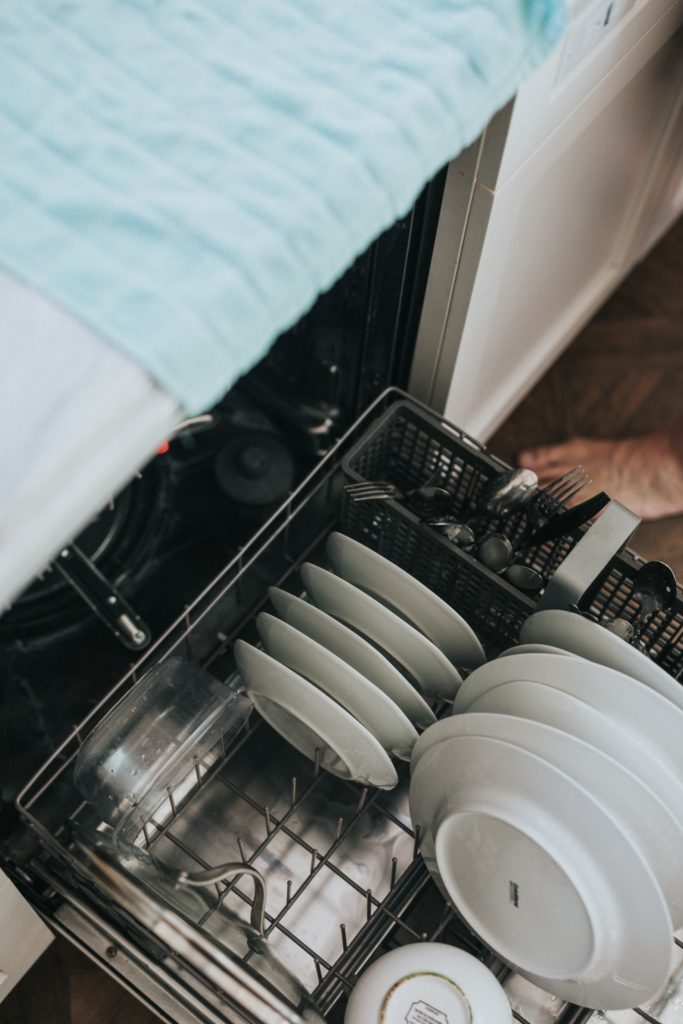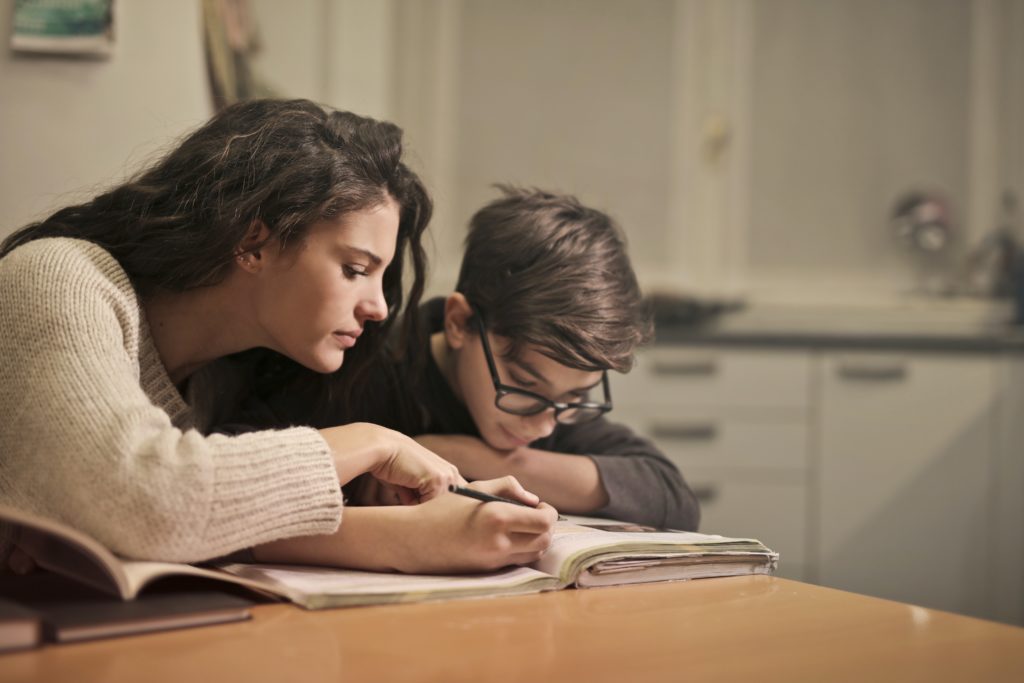By Aly Pain
I was a Pinterest Mom, long before Pinterest was a thing, creating chore chart for the fridge when our boys were young. Age-appropriate chores were written out and divided up as our boys proudly marked off the boxes, creating a visual indication of their growing independence with colourful stickers worthy of an Instagram post.

It worked fabulously! Until it didn’t.
A few years in, my husband and I noticed our boys using the chore chart to limit their contribution, like a finite cap on their attention and capacity to help. If we asked our boys to help with tasks outside of their lists, we were met with resounding shouts of “It’s not my turn!”

How could a positive growth tool become so negative?
Children are born being ‘self’ focused, it’s normal. They only know their own, immediate needs and could care less about most things beyond their personal bubble. The chore chart inadvertently reinforced that thinking.

Otis the cow becomes a parenting tool.
This cow helped our boys bridge the gap to becoming ‘other’ focused. Otis, the star of Barnyard, was focused on having ridiculous fun with his friends, often shirking responsibilities and creating havoc for others on the farm. Ben, the patriarch cow, was constantly trying to help Otis think beyond himself and used a powerful saying we still talk about today with our boys.
“A strong man stands up for himself. A stronger man stands up for others”
This less than scholarly, goofy cow helped us illustrate many conversations that the chore chart was not a limitation on our boys’ capacity or responsibilities; it was the starting point. Anything else was about helping others with a kind and open heart.
My husband and I learned to put a softer focus on the chore chart, letting go of black and white consequences when tasks were missed. We celebrated like crazy when our boys went of their way to help us and each other.
“How can I help?”
This has become one of the most important phrases in our home. These four, powerful words remind us what Ben the cow was try hard to have Otis understand.
- stretch our capacity beyond ourselves
- humble ourselves as equals
- be vulnerable in offering and receiving help
- we’re stronger together
Helping your child build ‘other’ awareness is a journey with every ‘it’s not my turn’ becoming a conversation toward ‘how can I help?’. We’re still on the journey with teenagers we just use less of Otis.
As parents, we often set out with great intentions only to find those same intentions have unintended consequences.

Don’t throw the baby out with the bathwater!
Every great tool can be reworked to get back on track, it just takes some thinking and the occasional cartoon cow. Are you feeling stuck? Click here to send me your question or concern and I’ll create a blog with my top tips for you.